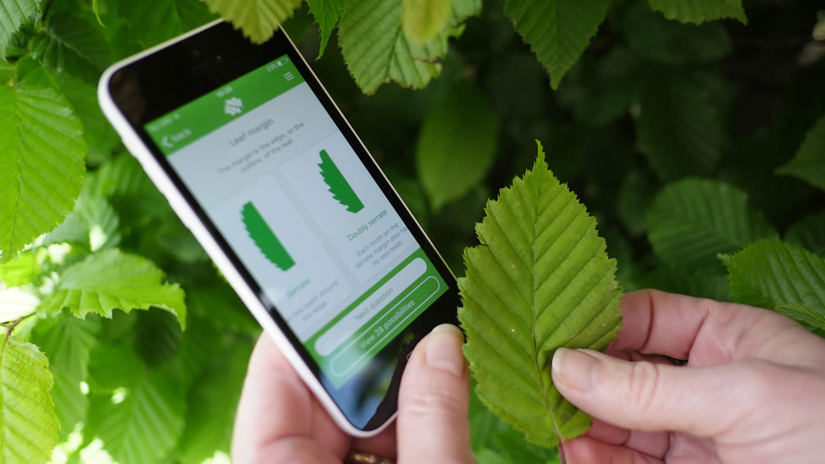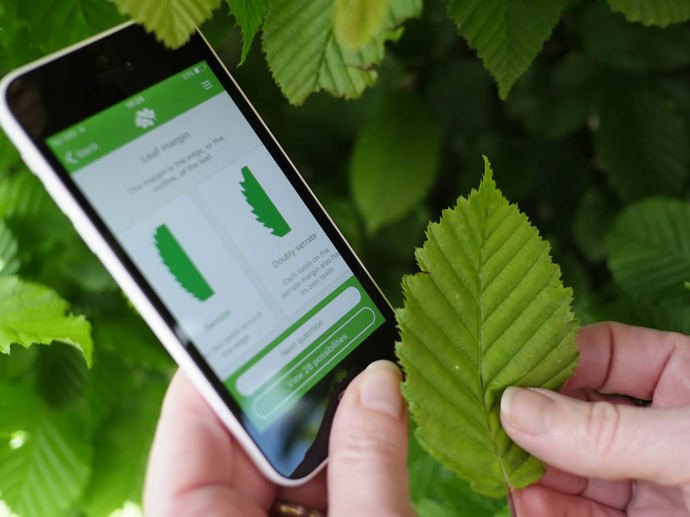Common name: wayfaring tree
Scientific name: Viburnum lantana
Family: Adoxaceae
Origin: native
A welcome sign you’re homeward bound, the wayfaring tree is so named because it grows close to paths. Look for them in hedges and woodland edges, with full bloom in the spring and heavy with berries in the autumn.
Common name: wayfaring tree
Scientific name: Viburnum lantana
Family: Adoxaceae
Origin: native
The wayfaring tree is a deciduous shrub which can reach up to 5m in height.
Identified in winter by: the pale yellow-green buds which are opposite one another and are closely pressed against a slightly hairy twig.

Credit: John Oates / WTML
Large, oval, slightly wrinkly-looking leaves with round-toothed edges. Leaves are placed opposite each other along the twig. The lower surface is densely covered with soft grey hairs.

Credit: John Oates / WTML
Lots of small identical five-petalled cream flowers form together in one large flat-topped, scented flowerhead (called an umbel).

Credit: Caroline Eastwood / Alamy Stock Photo
Groups of oval, flattened berries which start off red then turn black. Both colours can often be seen together. They are poisonous.
Guelder rose (Viburnum opulus) – all the flowers that make up the umbel are the same size whereas those of the guelder rose are larger on the outside with smaller ones in the centre. Guelder rose has palmately (hand-shaped) lobed leaves.


Download our free Tree ID app for Android and iPhone to identify the UK's native and non-native trees. It's an A-Z tree guide in your pocket.
Wayfaring trees are found in scrub, hedgerows and woodland edges, especially those on chalky soils. They are native in the UK, central and southern Europe and prefer chalky soils. Look out for the flowers in May.
Birds will eat the berries and insects such as hoverflies feed on the nectar. The larvae of several moth species will feed on the leaves.
The wayfaring tree got its name from the herbalist Gerard who in 1597 noticed it on the routes between Wiltshire and London. It is said that if you see a wayfaring tree, you are on or near a path.
These days, cultivated varieties of the wayfaring tree are often planted as an ornamental. Traditionally, however, it was used for other purposes. Its strong bendy stalks used to be used to tie hay bales, and there is evidence that, in Europe at least, its straight wood was used to make arrows.
In September 1991, the well-preserved body of a hunter was found who had died in the Austrian Alps around 4,000–3,500 BC. Much of his clothing and equipment were intact, and his quiver contained arrows made from the stems of the wayfaring tree – used because they are long, straight and rigid, of a diameter suitable for arrow shafts.